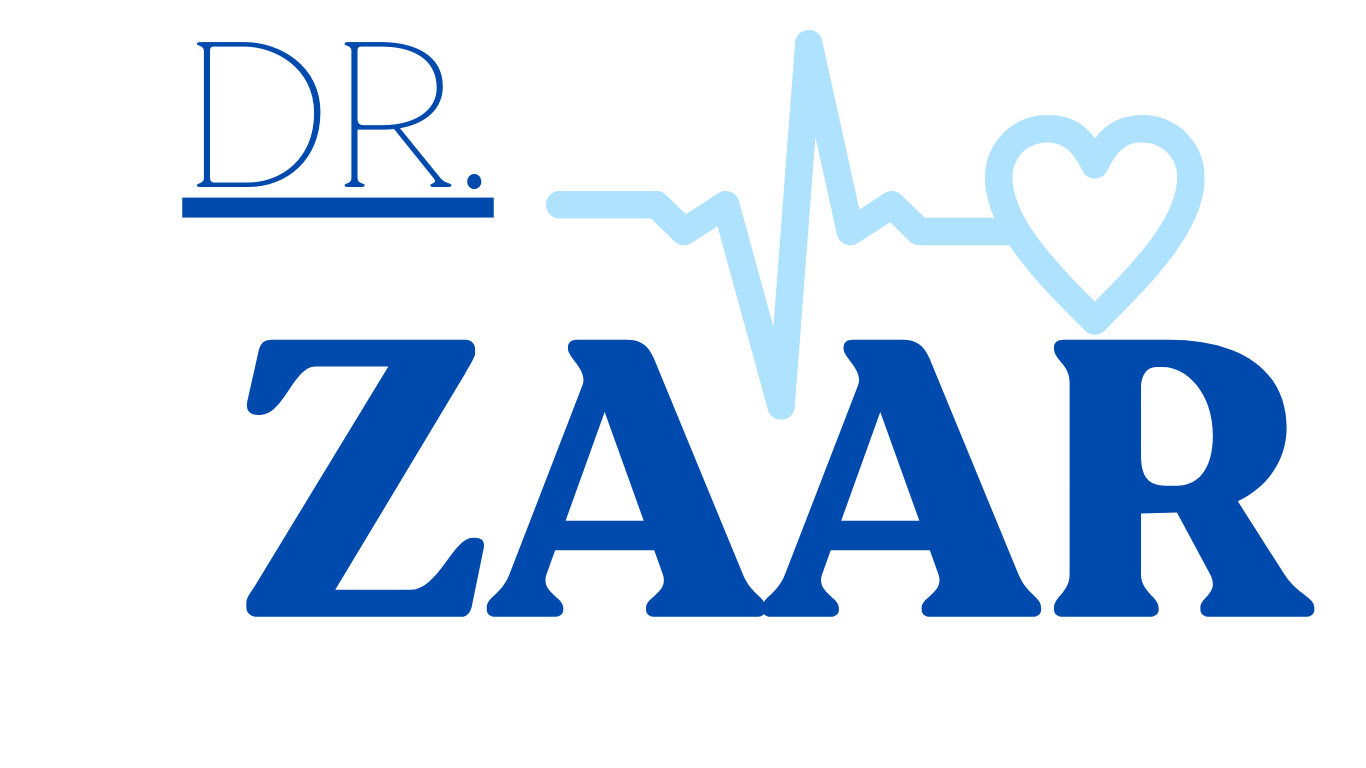Case Study: Serotonin’s Seesaw in the Labyrinth of Eating Disorders
Introducing Elena:
Elena, a 20-year-old aspiring artist, found herself trapped in the labyrinth of bulimia nervosa. For two years, she battled cycles of food restriction, compulsive eating, and purging behaviors. Her once vibrant personality dimmed under the shadow of anxiety and a relentless pursuit of thinness. Elena’s story underscores the intricate interplay between serotonin, mood, and appetite in the context of eating disorders.
The Downward Spiral:
Elena’s journey began with subtle anxieties about her body image. Triggered by a casual comment about her weight, she embarked on a restrictive diet, aiming for unrealistic weight loss goals. Soon, her serotonin levels plummeted, replaced by a gnawing feeling of emptiness and persistent hunger. This emptiness, both physical and emotional, fuelled obsessive thoughts about food and triggered her first bingeing episode.
The initial surge of relief from overeating was quickly followed by a wave of guilt and shame. Elena resorted to purging behaviors to undo the “damage” of the binge, further disrupting her gut-brain communication and serotonin production. Each cycle cemented itself, leading to a vicious loop of restriction, bingeing, and purging.
Seeking Balance:
Elena’s battle against bulimia wasn’t just physical. The constant fluctuations in serotonin mirrored her emotional state. The low mood and anxiety fueled further cycles of disordered eating, creating a seemingly inescapable prison. However, Elena’s inner strength sparked a hope for recovery. Reaching out to a therapist and a nutritionist marked a turning point.
Therapeutic Toolkit:
Elena’s recovery plan became a multi-pronged approach acknowledging the complex interplay of biology and behavior.
- Nutritional Counseling: A focus on balanced meals rich in tryptophan, the precursor to serotonin, helped stabilize Elena’s neurotransmitter levels, curbing cravings and promoting satiety.
- Cognitive Behavioral Therapy: Elena worked on identifying and challenging negative thought patterns about food and body image, breaking free from the obsessive cycle.
- Lifestyle Adjustments: Regular exercise and promoting healthy sleep hygiene further optimized serotonin production and improved overall well-being.
Emerging Therapies:
Elena, alongside her therapist, explored complementary therapies. Mindfulness practices helped her become more aware of her emotions and triggers, and gut microbiome analysis provided insights into potential bacterial imbalances impacting her serotonin production.
Challenges and Triumphs:
Recovery wasn’t always linear. Relapses and setbacks were inevitable, but Elena’s support system and therapeutic tools helped her navigate them with resilience. Each challenge strengthened her resolve to reclaim control and rewrite her story.
A Path Towards Light:
Today, Elena stands at the edge of the labyrinth, emerging from the shadows. Her relationship with food is no longer dominated by fear and control, but by mindful balance and self-compassion. While the scars of the past remain, they serve as reminders of her strength and the intricate dance she mastered between serotonin, mood, and appetite. Her journey illuminates the complex tapestry of eating disorders and the multifaceted approach needed to navigate the path towards recovery.
This case study serves as a testament to the importance of understanding the link between serotonin, mood, and appetite in eating disorders. It highlights the effectiveness of a personalized and holistic approach to treatment, encompassing traditional therapies, emerging methodologies, and a strong support system. Elena’s story offers hope and inspiration to others struggling in the labyrinth of eating disorders, demonstrating that recovery is possible, one step at a time.
Please note that this case study is fictional and based on a general understanding of eating disorders and the role of serotonin. It is not meant to be a substitute for professional medical advice.
Adiponectin and the Paradox of Prader
Case Study: Prader-Willi syndrome (PWS) is a complex genetic disorder characterized by insatiable hunger, hyperphagia, and early-onset obesity. Despite excessive.
Read MoreExploring Adiponectin’s Influence on Polycystic Ovary.
Case Study: Adiponectin’s Polycystic Ovary Syndrome (PCOS) is a complex hormonal disorder affecting 1 in 10 women of reproductive age..
Read More